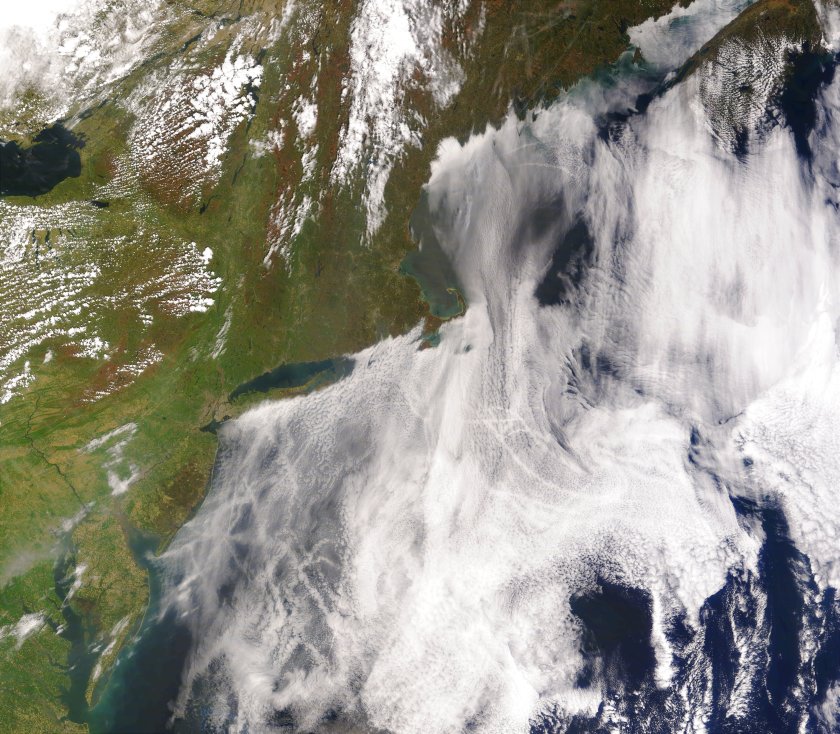
One of the more frustrating experiences we’ve had lately was clicking on a link for NOAA climate change game, only to find that the climate kids portion of the site is not live.
This isn’t really a surprise. But we expect better from our administration.
In the meantime, here are some climate change resources that are still available. In our experience, games and simulations can be among the best ways to help students really understand just what climate change is, how it works, and what we can do at this point to interfere with the negative outcomes. Here’s a great example of how this can work from The New York Times.
For readers with a little more time, here’s a 2015 paper from Nature that we highly recommend, “Climate change games as tools for education and engagement,” written by Jason S. Wu and Joey J. Lee. From the abstract:
We argue that games on the subject of climate change are well-suited to address these challenges because they can serve as e ective tools for education and engagement. Recently, there has been a dramatic increase in the development of such games, many featuring innovative designs that blur traditional boundaries (for example, those that involve social media, alternative reality games, or those that involve direct action upon the real world). Here, we present an overview of the types of climate change game currently available, the bene ts and trade-o s of their use, and reasons why they hold such promise for education and engagement regarding climate change.
For fans of Model UN and Mock Trial, organize your own World Climate Simulation! Climate Interactive has all the instructions and materials you’ll need, all free to download and use.
How Does World Climate Work?
World Climate is a simplified international climate change negotiations meeting for large groups, typically 8-50 people (although it has been adapted for use in groups as large as 500). A facilitator leads the group, playing the role of a UN leader, while each participant plays the role of a delegate representing a specific nation, negotiating bloc, or, in some cases, an interest group. Everyone then works together in their respective roles to reach a global agreement that successfully keeps climate change well below 2˚C over preindustrial levels globally.
Simulation events vary in length, but most run 2-3 hours. Condensed versions have been run in as short as 45 minutes.
During the event participants must face the climate science, engage in the drama and tensions of global politics, test their ambitions against a climate-modeling tool used by actual climate negotiators, and then reflect on how the experience challenges their assumptions about climate action.
World Climate is suitable for, and has been used with, people from middle school to graduate school students, community and religious groups, executive leaders, scientists, and everyone in between.
Pop on over even just to take a look at the interactive map of where others have hosted their own World Climate Simulations. Good inspiration to become your own marker on the map.
The BBC has an online game available to all who have Flash. You’re playing as a member of the EU, so it might not be incredibly up-to-date, but it’s worth a visit. Notable also is the attention given to explaining the science behind the game design.
For now, we are pleased to report, the EPA climate site for students is live. Via this site, students can take a virtual Climate Change Expedition and learn some of the basics about climate change. Each stop contains a short video, and students will be collecting passport codes as they go. Educator resources for the site can be found here.

One thought on “Teaching Climate Change”